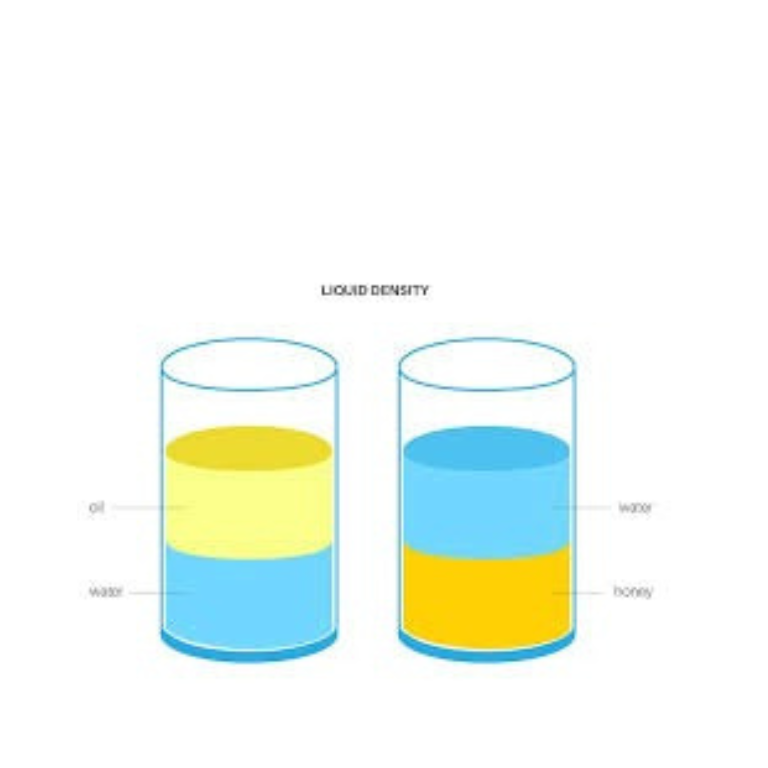Hess's Law
Heat of Reaction Summation
Hess's Law states that the enthalpy change of a reaction is the same regardless of the pathway taken. Explore how intermediate reactions can be combined to determine the enthalpy change of an overall reaction.
Reactants (A + B)
Intermediates (C + D)
ΔH = +150 kJ
Products (E + F)
→
Direct Path
ΔH = ?
Overall ΔH = 0 kJ/mol
Current Reaction:
A + B → C + D (ΔH₁ = +150 kJ) followed by C + D → E + F (ΔH₂ = -200 kJ)
A + B → E + F (ΔH = ΔH₁ + ΔH₂)
The Science Behind Hess's Law
Key Concepts:
Hess's Law is a relationship in physical chemistry named after Germain Hess:
- The enthalpy change of a chemical reaction is independent of the pathway between initial and final states
- Enthalpy is a state function - depends only on initial and final states
- Allows calculation of enthalpy changes for reactions that are difficult to measure directly
Applications:
Hess's Law is used to:
- Calculate enthalpy changes for reactions that occur too slowly or too fast to measure
- Determine enthalpy changes for dangerous reactions
- Calculate lattice energies and other thermodynamic quantities
Mathematical Form:
ΔHoverall = ΣΔHsteps
The sum of enthalpy changes for each step in a reaction sequence equals the enthalpy change for the overall reaction.


